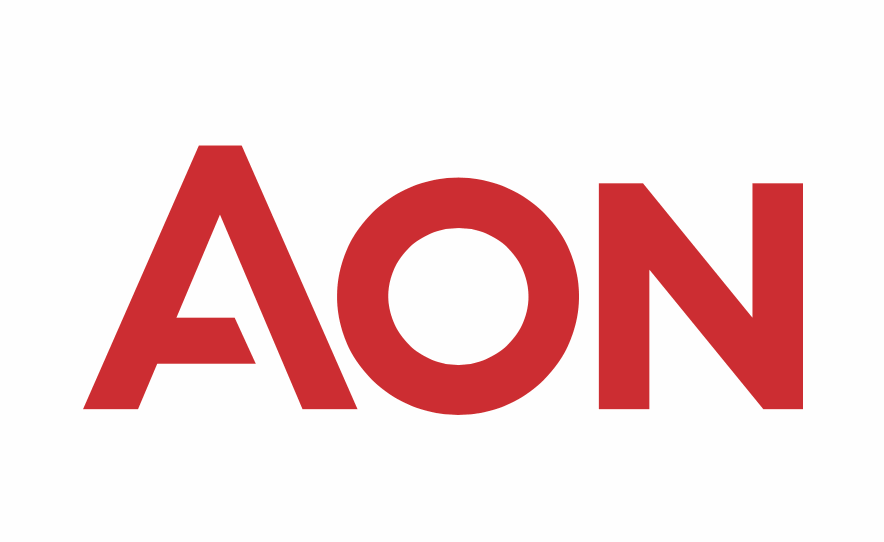UK defined benefit (DB) pension schemes are showing interest in hedge fund investments, as they seek to navigate market volatility and broader macro-economic uncertainty, according to broker Aon, insight which might suggest a growing appetite for insurance-linked securities (ILS) allocations again.
As per Aon, due to the enhancements in funding levels observed over the past 18 months, there is a heightened emphasis on their ultimate objectives, which includes strategising for a buyout or for continued operation, which is prompting many schemes to consider shorter-term investment horizons.
It’s important to remember that insurance-linked securities (ILS) funds, including catastrophe bond funds fit within the hedge fund category for many institutional investors, due to their ability to deliver returns that are generally uncorrelated with the broader market.
UK pensions had allocated more heavily to ILS back in the 2010’s, with a number then feeling the impacts of the year’s of meaningful catastrophe losses during the softest phase of the reinsurance market cycle.
That had dented appetites for ILS among some UK pension investors. But Aon’s insights suggest that the time may be right for that to rekindle again and for UK pension allocations to ILS funds to start expanding again.
“The current economic backdrop and the changing investment needs of UK pension schemes has led to many reviewing their portfolios. Unlike the defined contribution scheme sector, where there is an increased emphasis on illiquid investments, the shorter-term investment horizons of DB schemes – prompted by thoughts of moving to a risk settlement solution or plans to run-on – have made illiquids less of an option and reopened greater interest in more agile hedge fund investment,” commented Guy Saintfiet, partner and head of EMEA fund management at Aon.
“For example, during the past 12 months, Aon’s own hedge fund solution has seen a significant increase in new mandates and a rise in assets under management of over a third. The solution was designed to deliver steady absolute returns, diversification versus equities and credit, as well as downside protection, and it has enjoyed a strong track record across different market conditions. It’s offering what schemes need as they assess both their own funding and their future,” Saintfiet continued.
Additionally, Saintfiet also highlighted that pension schemes were pursuing hedge fund strategies that extend beyond mere performance
“Schemes are obviously seeking hedge fund solutions that give strong investment results but there is also a heightened emphasis on liquidity, cost and ESG integration that is in line with the governance needs of institutional allocators. Funds that offer that combination are increasingly attractive,” Saintfiet noted.
“Different economic times demand different investment approaches, and hedge funds are currently offering an opportunity that pension schemes need. But that need is not restricted to just pensions – we have also seen increased uptake from other investment clients such as endowments and foundations,” added Tim Banks, partner in Aon’s UK Investment practice.
Banks continued: “Unlike many DB schemes, they do have a longer investment horizon but given the wider market volatility, they are choosing to use hedge funds tactically and as a place to park cash for commitments made to illiquid investments.”


